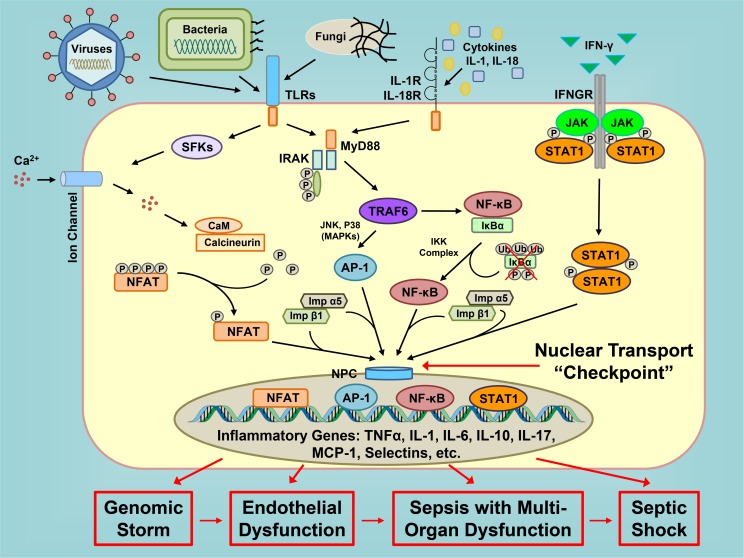Fig 1. Nuclear transport is a pivotal checkpoint in genomic regulation of microbial inflammation.
Inflammatory signaling cascades initiated by cell responses to microbial virulence factors and cytokines culminate in nuclear translocation of stress-responsive transcription factors (SRTFs) that upregulate inflammatory gene networks. Unchecked, this genomic reprogramming (genomic storm) leads to endothelial dysfunction, multi-organ failure and ultimately fatal shock. Inhibiting nuclear transport at a common “checkpoint” located downstream of TLRs and cytokine receptors globally suppresses expression of inflammatory genes thereby calming the genomic storm and averting multiple organ injury. Legend: TLRs (Toll-like receptors); Ca2+ (calcium ions); IL-1R and IL-18R (interleukin 1 and 18 receptors, respectively); IFN-γ (Interferon-gamma); IFNGR (Interferon-gamma receptor); SFKs (Src family of protein tyrosine kinases); MyD88 (Myeloid Differentiation Primary Response 88); IRAK (interleukin-1 receptor-associated kinase); JAK (Janus kinase); P (Phosphate group); Ub (Ubiquitin); CaM (Calmodulin); TRAF6 (TNF receptor-associated factor 6); IKK (I kappa B kinase); IκBα (NF-κB inhibitor alpha); JNK (c-Jun N-terminal kinase); MAPKs (mitogen-activated protein kinases); NFAT (nuclear factor of activated T cells); AP-1 (Activator protein 1); NF-κB (Nuclear factor kappa B); NPC (nuclear pore complex); STAT1 (signal transducer and activator of transcription 1); Imp α5 (Importin alpha 5); Imp β1 (Importin beta 1); TNFα (tumor necrosis factor alpha); IL-1, IL-6, IL-10 and IL-17 (interleukin 1, 6, 10 and 17, respectively); MCP-1 (Monocyte Chemoattractant Protein-1).

